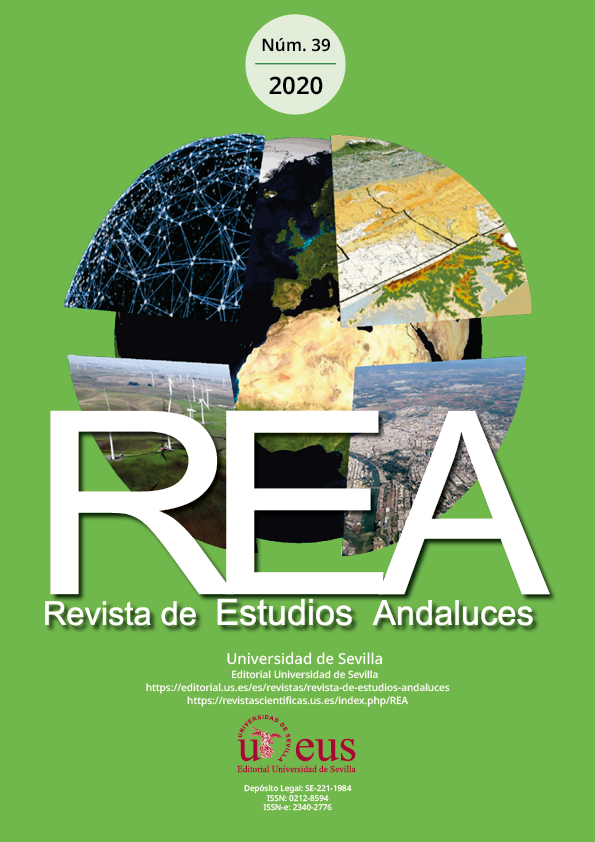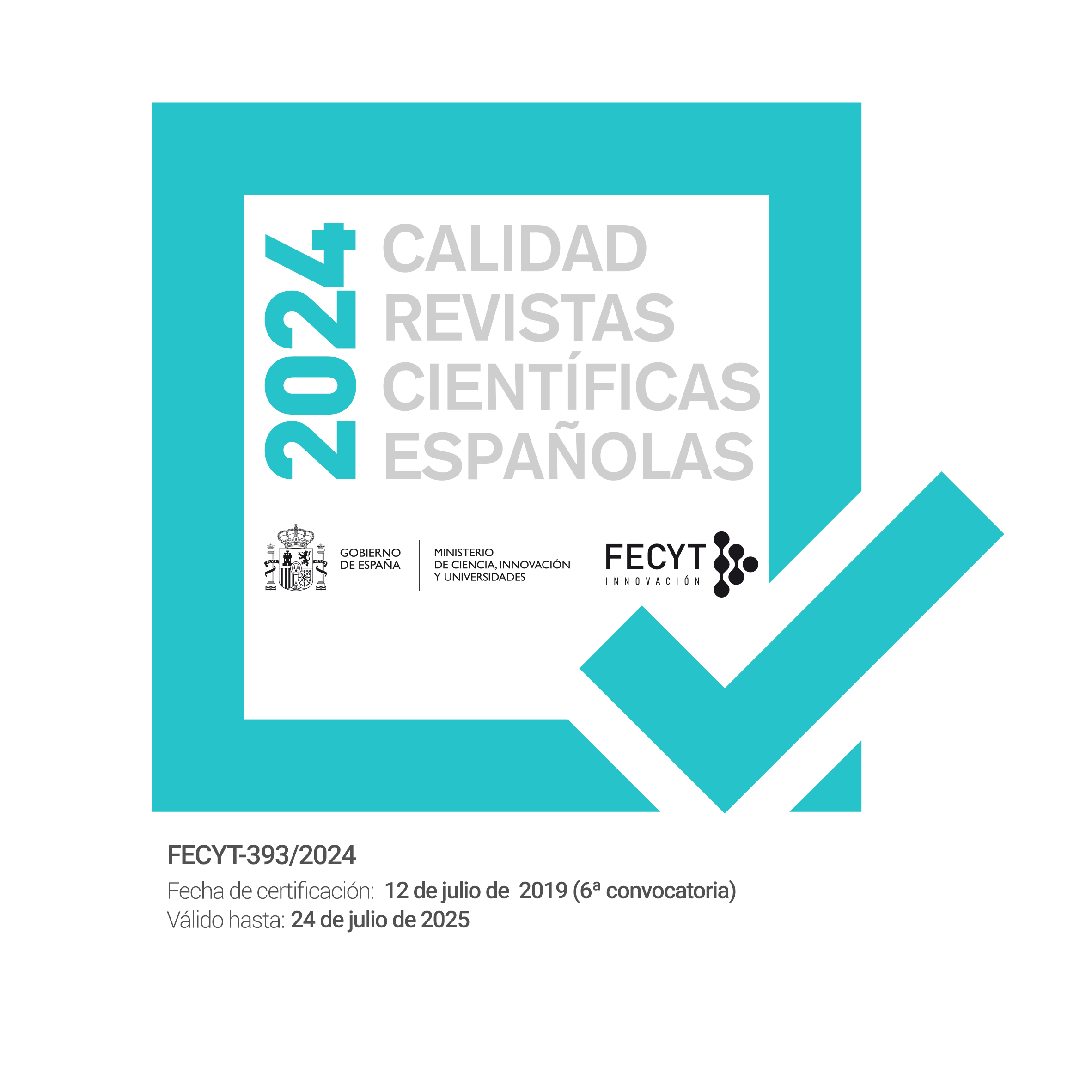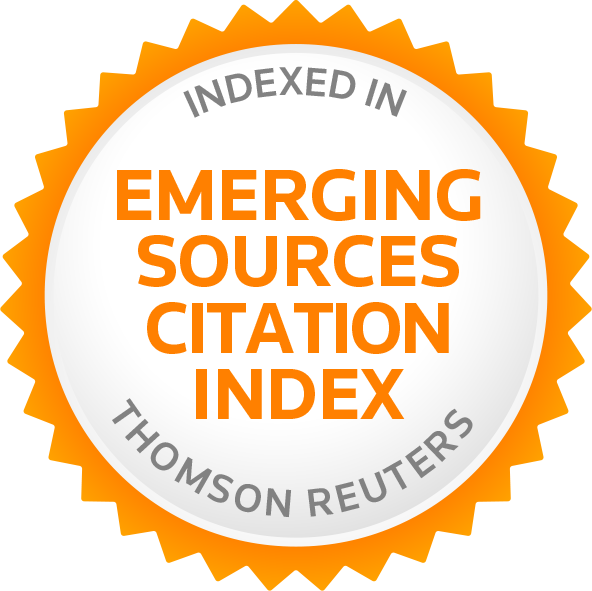Proposal for the Design of Cultural Tourist Routes through the Use of GIS: An Applied Case
Palabras clave:
Geographic information system, tourism potential, tourist route, heritage, late middle ageResumen
Cultural tourism routes and itineraries are tourism promotion tools that have undergone a remarkable development in recent years, thanks to their ability to enhance the value of cultural heritage. In this sense, national and international organizations as well as private initiatives have designed tourist routes that cover a wide range of topics, while cultural itineraries have been recognized at the institutional level by organizations such as ICOMOS or the Council of Europe.
The main objective of this article is to offer a proposal for the design of cultural tourist routes through the use of a geographic information system. To achieve this goal, we start from a brief theoretical framework in which the tourist use of geographic information systems and the conceptualization of tourist routes and their differences with itineraries are analyzed. Subsequently, the methodology used consists of two distinct phases. Initially, a quantitative study is carried out in which data on the late medieval heritage are collected and subsequently, through the use of a GIS, an index of tourist potentiality is carried out and the creation of a tourist route in the province of Cádiz (Spain). In this way the results obtained justify the route designed and the choice of municipalities, based on their greater availability of tourism resources (accessibility, hospitality etc.) and cultural (historical assets).
With all this is intended the activation of a heritage that has notorious possibilities for tourism and cultural promotion, based on the common history they share and that is forged over more than two centuries.
Descargas
Descargas
Publicado
Cómo citar
Número
Sección
Licencia
La edición electrónica de la Revista de Estudios Andaluces se ofrece en acceso abierto desde el número 28 publicado en 2011 hasta la actualidad. Las ediciones impresa y electrónica de esta Revista son editadas por la Editorial de la Universidad de Sevilla, siendo necesario citar la procedencia en cualquier reproducción parcial o total.
La Revista de Estudios Andaluces no cobra tasas por el envío de trabajos, ni tampoco cuotas por la publicación de sus artículos. La Revista es gratuita desde el momento de la publicación de cada número y sus contenidos se distribuyen con la licencia “CreativeCommons Atribución-NoComercial-SinDerivar 4.0 Internacional” , que permite al usuario de la Revista de Estudios Andaluces criterios que cumplen con la definición de open access de la Declaración de Budapest en favor del acceso abierto. Puede consultar desde aquí la versión informativa y el texto legal de la licencia. Esta circunstancia ha de hacerse constar expresamente de esta forma cuando sea necesario.







